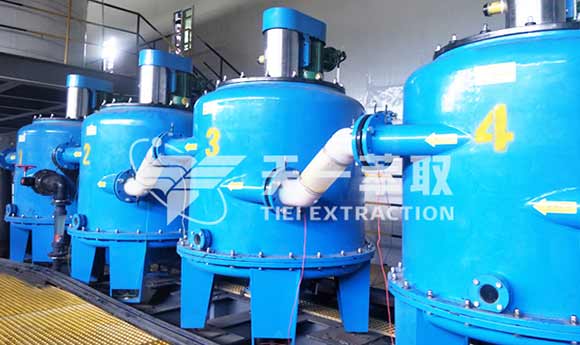I have a general question about wet bed scrubber (packed bed scrubber).
If I re-circulate a scrubbing liquid (e.g. water) to capture a pollutant (e.g. a chemical compound) from a gas stream, I understand that the concentration of that chemical will accumulate in the scrubbing liquid.
At what point will the re-circulated scrubbing liquid stop absorbing the chemical pollutant, assuming no blowdown and no fresh water make-up?
If the chemical has a very low Henry constant and is completely miscible in water, then wouldn’t I be able to form a high (say, >80% or >90%) concentration solution of the chemical via this method?
Thank you for entertaining my thought experiment.
If I re-circulate a scrubbing liquid (e.g. water) to capture a pollutant (e.g. a chemical compound) from a gas stream, I understand that the concentration of that chemical will accumulate in the scrubbing liquid.
At what point will the re-circulated scrubbing liquid stop absorbing the chemical pollutant, assuming no blowdown and no fresh water make-up?
If the chemical has a very low Henry constant and is completely miscible in water, then wouldn’t I be able to form a high (say, >80% or >90%) concentration solution of the chemical via this method?
Thank you for entertaining my thought experiment.

